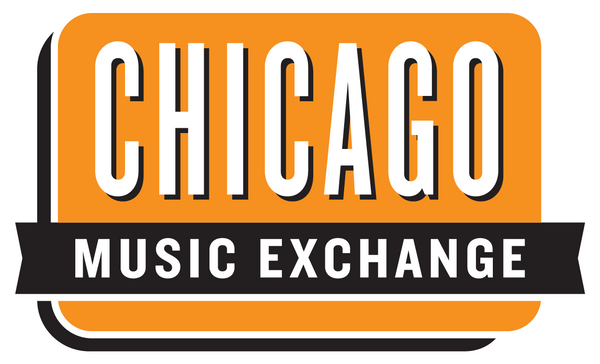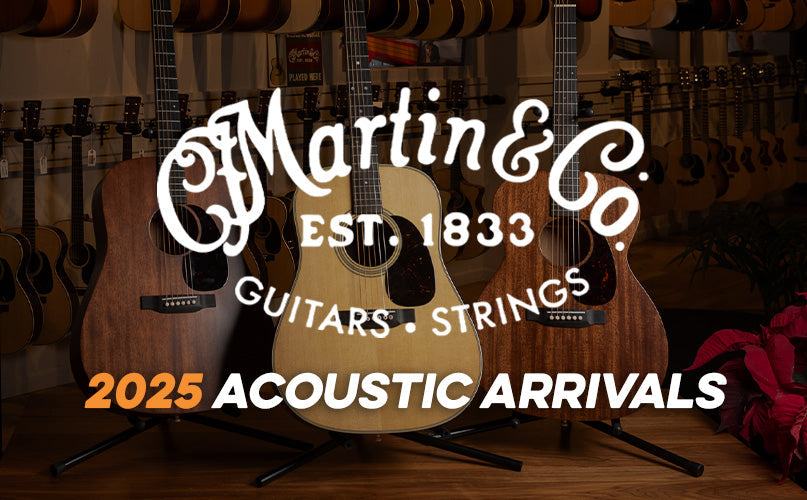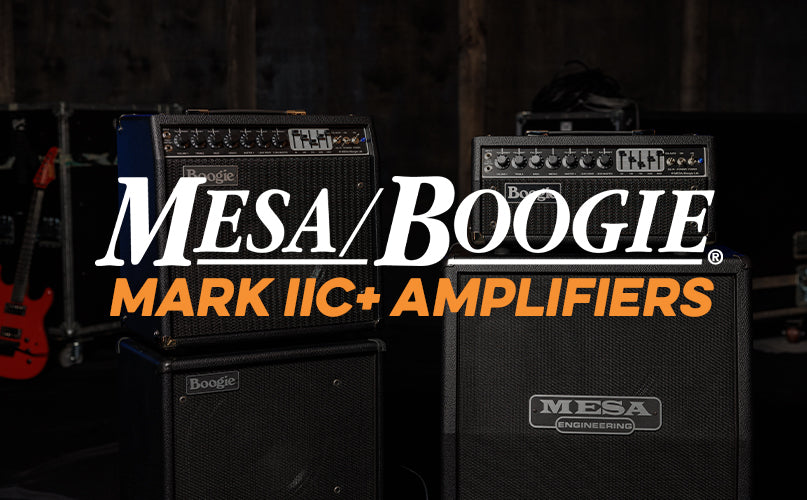A BRIEF HISTORY OF KALAMAZOO GUITARS
You may have heard of Epiphone as Gibson’s budget brand of guitars, but before Gibson bought out this competitor, the brand produced budget brand guitars under the moniker of “Kalamazoo.” From 1933 to 1942, Gibson produced archtop and flattop acoustic guitars, lap steels, banjos, and mandolins under the Kalamazoo name.
During the guitar boom of the late 60’s when Rock ‘n’ Roll was king and everybody wanted to get their hands on an electric guitar, Gibson produced electric solid body guitars and basses with Kalamazoo on the headstock. After Gibson’s buyout of Epiphone, Epi’s were marketed as a middle-tier electric guitar, whereas Kalamazoo was strictly marketed as a low-cost, beginner guitar. “U.S.A.” was added to the headstock of these guitars to differentiate them from the cheap import guitars that served as competition at the time.




Kalamazoo guitars in the 60’s featured bolt-on necks, single sheet plastic pick guards, open-back tuners and Masonite bodies in order to keep the cost down. There were two main body styles of Kalamazoo guitars in the 60’s. Manufactured from 1965 to 1966, the guitars closely resembled the styling of the popular Fender Mustang.
From 1967 to 1969, the bodies of the KG-1 and 2 closely resembled the body style of the popular Gibson SG or Melody Maker with its double cutaway horns, but removed the contours from the cutaways. The KG-1 featured one single-coil pickup, a volume knob and a tone knob. The KG-1A was hardly a more premium option, but featured a Maestro vibrola behind its wraparound tailpiece. The KG-2 “doubled” the tonal options offered by the KG-1 by offering two single-coil pickups, with double volume and tone knobs. The KG-2A followed the vein of its predecessor by offering a Maestro vibrola as well.

A Kalamazoo KG-1 in Sonic Blue

A Kalamazoo KG-2A in Dakota Red
Despite the fact that these guitars were made and marketed to be low-cost, beginner guitars, they are definitely still a viable option for collectors and fans today.
The use of Masonite for the body was an innovative and forward-thinking design decision, and while it is by no means a “tonewood” these guitars are still very lightweight, and have a unique tone and resonance to them. The necks are thin but very easy to play, and the overall build quality of these instruments are still very much up to Gibson quality standards.
SHOP VINTAGE ELECTRIC GUITARS
Related Posts
Martin Guitar | 2025 Acoustic Arrivals
Martin Guitar's iconic Standard Series gets a stunning refresh for 2025, combining vintage-inspired design with modern advancements. New models like the 000-17, D-17, and OM-45 showcase remarkable craftsmanship, tonal clarity,...
Read moreMesa/Boogie | Mark IIC+ Amplifiers
A Legend Returns! Mesa/Boogie’s Mark IIC+ Amplifiers are back and better than ever. Whether you’re after the iconic Head or the portable 1x12 Combo, these amps deliver the vintage Boogie...
Read moreDownload the CME App
Discover the ultimate shopping experience with the Chicago Music Exchange Mobile App! Explore our unparalleled collection of over 14,000 guitars, amps, synthesizers, drums, microphones, and accessories—all at your fingertips. Stay...
Read more


